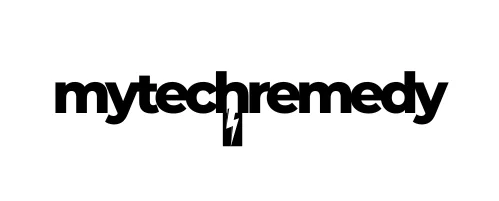Sales Forecasting: More Than Just a Crystal Ball
Sales forecasting sounds like something straight out of a science fiction novel—distant, mysterious, and perhaps guarded by a wizard in a tower. But let’s ground ourselves for a moment. Sales forecasting, while complex, is not an arcane art. It’s a process steeped in data, patterns, and a dash of human intuition. If you’re wondering how to calculate sales forecasting, you’re not alone. It’s a topic that straddles the lines between art and science.
Why Sales Forecasting Matters
Imagine steering a ship without a map or compass—directionless and at the mercy of the winds. Sales forecasting offers businesses their navigational tools, allowing them to anticipate the future and plan accordingly. By understanding potential revenue streams, companies can allocate resources, manage inventory, and adjust strategies to meet market demands. It’s the difference between reactive and proactive business strategies.
The Science of Sales Forecasting
At its core, sales forecasting is about predicting future sales based on historical data and market analysis. It involves statistical models, machine learning algorithms, and sometimes a touch of gut feeling. While AI and machine learning have added layers of sophistication to the process, the human element remains crucial. After all, AI is just an intern—providing insights, spotting patterns, and occasionally needing guidance.
Key Techniques in Sales Forecasting
There are several methods to approach sales forecasting. Here are a few:
- Quantitative Methods: These involve numerical data and statistical models. Techniques like time series analysis, causal models, and econometric models fall into this category.
- Qualitative Methods: This relies more on expert judgment and market research. Think of it as the wisdom of crowds, where expert opinions and consumer surveys guide predictions.
- Hybrid Approaches: Combining both qualitative and quantitative methods can often yield the most accurate forecasts, leveraging the strengths of both data-driven insights and human intuition.
Transformative Power of AI in Forecasting
The transformative aspect of AI in sales forecasting lies in its ability to process vast amounts of data at lightning speed. It can identify patterns that may elude the human eye, offering granular insights into customer behavior, market trends, and potential risks. However, it’s essential to remember that AI doesn’t have all the answers—it’s a tool, not an oracle.
Actionable Recommendations
Here’s how you can harness sales forecasting to power your business strategy:
- Invest in Technology: Equip your team with the right tools. AI-powered forecasting platforms can streamline the process and provide valuable insights.
- Blend Methods: Use a mix of qualitative and quantitative techniques to cover all bases. Each method has its strengths and can complement the others.
- Regular Review: Continuously monitor and adjust your forecasts. The market is dynamic, and staying flexible is key to staying ahead.
- Educate Your Team: Understanding the basics of forecasting empowers your team to make informed decisions and recognize the signs of market shifts early.
Ultimately, sales forecasting is a journey—a blend of art, science, and a bit of magic. Embrace the complexity, and you’ll find yourself steering your business with confidence and foresight.
Checkout ProductScope AI’s Studio (and get 200 free studio credits)
